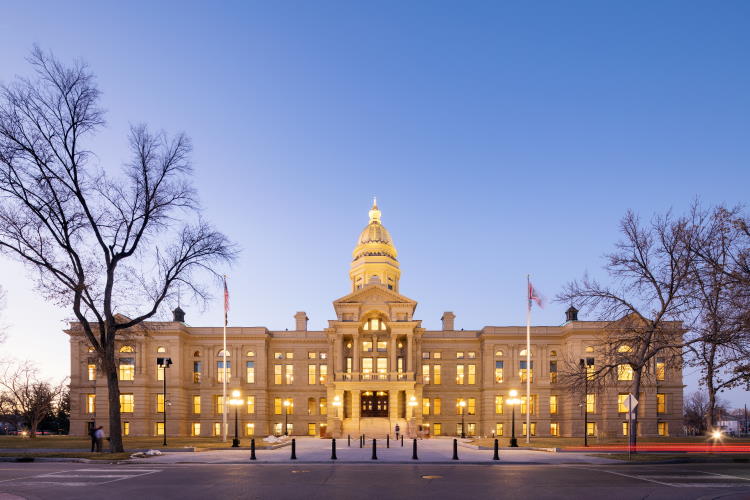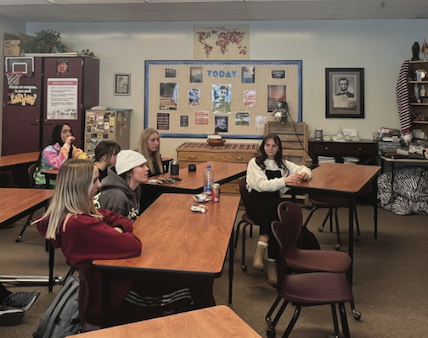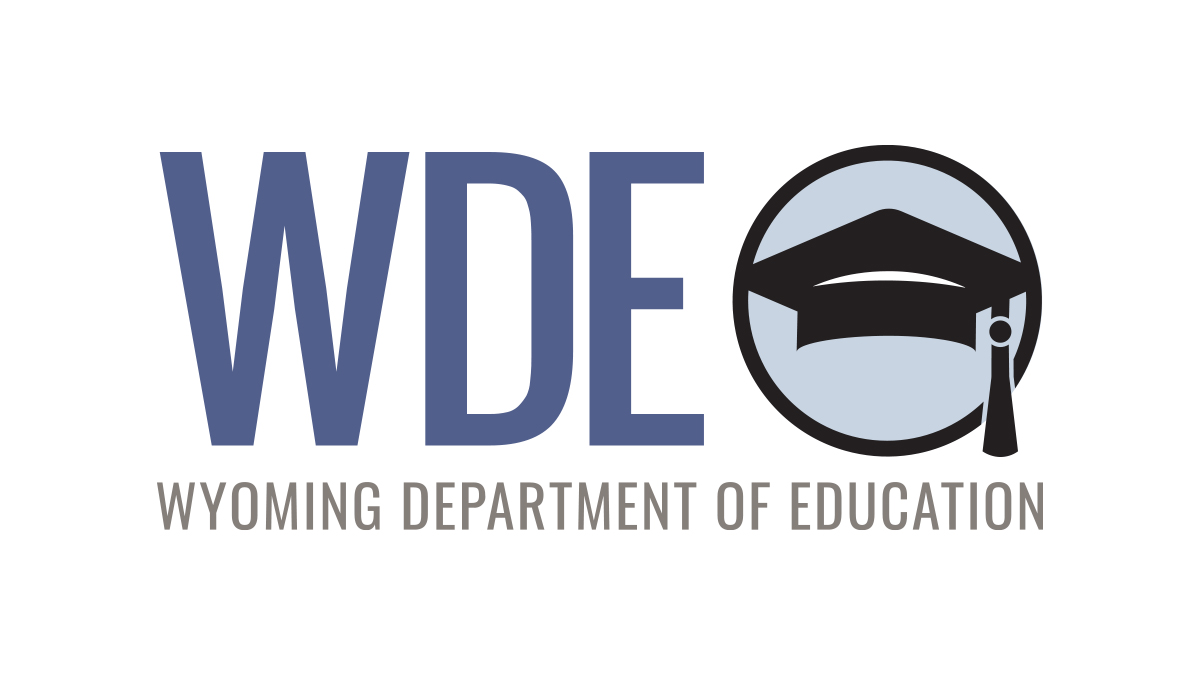By Stephen Dow
The Sheridan Press
Via- Wyoming News Exchange
SHERIDAN — Even in relatively easy years, the Wyoming Legislature’s Joint Appropriations Committee, which entered its second full week of budget discussions Monday, has a lot of work to do.
That is to be expected when you are dealing with billions of dollars and dozens of government agencies — many of which have good reasons for requesting additional dollars, according to Rep. Mark Kinner, R-Sheridan.
However, several factors point to a budgeting process that, if not easy, will at least be relatively painless this year, Sen. Dave Kinskey, R-Sheridan, said.
“Last session was really rough because we had to cut about half a billion out of the budget,” Kinskey said. “This year we’re looking at a flat budget with no big increases and no big cuts, which makes it a little easier.”
Back in November, Gov. Mark Gordon released details of his 2023-2024 biennial budget proposal. In total, Gordon’s budget shows $2.23 billion in general fund spending. This puts it roughly in line with the current 2021-2022 budget, which began with about $2.8 billion in general fund appropriations but was slashed by more than $430 million and 324 state positions under a supplemental budget bill Gordon signed into law in spring 2021.
In his budget statement, Gordon stated his interest in passing a flat budget. This is a relatively conservative approach as oil and coal — two of the state’s biggest commodities — have rebounded in recent months, bringing additional revenues into the state, Kinner said.
Currently, the price of oil per barrel is roughly $60 compared to an average price of $35, while the spot price of coal is around $30 compared to an average price of $12, Kinner said.
This is good news, Gordon said in his budget message, but the state’s history with the industries warns us it won’t last forever, especially as President Joseph Biden’s administration is “bent on eliminating fossil fuels from our nation’s energy portfolio.” Thus, a conservative approach is the best one.
“To some, my approach may appear close-fisted — after all the Consensus Revenue Estimating Group’s most recent report suggests that our fortunes may have improved somewhat,” Gordon said. “But…today’s good fortune is a reprieve, not a solution to our revenue stability.”
Kinner and Kinskey, who have served on the appropriations committee for four years and three years respectively, applauded Gordon’s approach and said they were similarly reluctant to reinstate funding cuts made last year, even as the state rebounds economically.
“It is important to remember that, in 2020 (at the height of the COVID pandemic), there were no oil rigs working in Wyoming for the first time since statehood in 1890,” Kinner said. “Now we have 18 or 19 active rigs, and that is great, but you also have to wonder how long that is going to last. That’s why we’re trying to be very cautious.”
Kinskey agreed.
“Every program and every agency we fund has a constituency, and there’s a reason we fund it,” Kinskey said. “I would love to fund everything that was cut last time. But my concern is, if we bring them back, we’ll be cutting them again three years from now. Now that we’ve gone through the pain, why would we want to go through that again in a few years? We know what’s coming so we might as well be prepared for it.”
The appropriations committee will spend the next few weeks of budget discussions focused on each state agency’s “exceptions” — or deviations from past budgets, Kinner said.
Two key exceptions have been coming up with many agencies: computer system upgrades and increases in staff pay.
The computer systems upgrades have been needed for years, Kinner said, but have largely been deferred in light of budget cuts. The Wyoming Department of Family Services alone is in need of $26 million in upgrades to their case management system, Kinskey said.
“We do see a lot of agencies requesting money for computers and upgrades, and there is probably a little more focus on it this year because the last couple of years, we have denied a bunch of those requests,” Kinner said.
Staff wages will also be a key point of debate this session, Kinskey and Kinner said. In his budget message, Gordon said 7,700 of Wyoming’s 8,000 state employees are being paid below 2017 market rates and asked for about $52.5 million to bring wages closer to market.
“Today, data shows that we are experiencing what so many other employers are — a dearth of qualified applicants willing to work,” Gordon said. “We cannot attract applicants to even apply, let alone staff our state agencies, unless we can be more competitive in the marketplace.”
Kinner said he tended to agree with the governor and would seriously consider all recommended wage increases.
“I’m inclined to look pretty seriously at those kinds of increases,” Kinner said. “This not only affects our ability as a state to staff our agencies, but also impacts a lot of hard-working employees throughout the state.”
Kinskey said he would also consider the wages proposal, but he is uncertain whether throwing millions of dollars at the problem will actually solve it.
“One thing we’ve already heard over and over again, is ‘We can’t hire’ and to that I say, ‘Welcome to the world,’” Kinskey said. “The Sheridan Press can’t hire. The local dentist’s office can’t hire. Nobody can hire. I don’t think allocating more money for wages will necessarily cure our labor shortage. People are quitting their jobs in record numbers because the world has changed a lot after COVID and people are reevaluating what they want for their lives and their families and careers. As an employer, we need to find out what our employees want and change with the times. Increasing wages is only part of that solution.”
As the appropriations committee enters its second week of meeting with agencies, both the Wyoming Department of Education and Wyoming Department of Health are on the docket, Kinskey said. Those agencies alone account for more than half of the state’s budget, Kinskey said.
“Those agencies obviously affect a lot of people, so we’ll be taking those discussions very seriously,” Kinskey said.
WDH is asking for 32 more employees — bringing the total up to 1,440 — and roughly $215.12 million in budget exceptions. These include restoring previous budget cuts to programs such as Medicaid, Wyoming Home Services and the Early Intervention and Education Program. It also includes staffing for the in-construction skilled nursing facility for veterans in Buffalo. The department is asking for a total of $1.89 billion.
The Wyoming Department of Education is asking for one more employee — bringing the total up to 121 — and roughly $89.67 million in budget exceptions, including an additional $64.61 million toward school support and special education programs and an additional $24.88 million toward student assessment. The department is asking for a total of $412.02 million.
The appropriations committee will be discussing WDE funding Dec. 13, while they will be discussing WDH funding Dec. 15, Kinskey said.
There is still much work — and likely some hard decisions — ahead for the appropriations committee, Kinner said. But he believes the committee is up to the task and looks forward to seeing what they can accomplish together.
“I love getting our heads together and trying to find a solution to all of this,” Kinner said. “It’s fun to meet this challenge of helping our state navigate these difficult times.”






